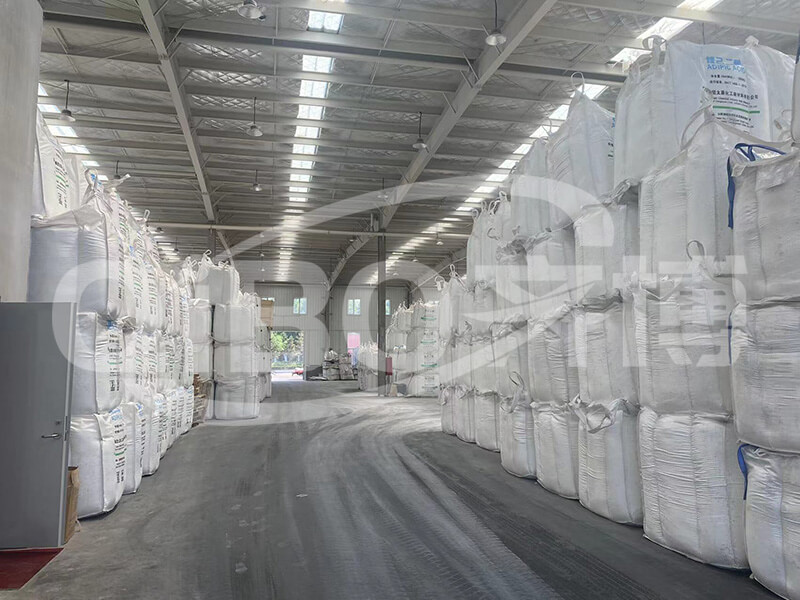Adipic acid(Hexanedioic acid) is a food additive that is used to enhance the flavor, texture and shelf life of many processed foods. It is a white crystalline powder that has a sour taste and can act as a preservative. It is also a dicarboxylic acid that is produced by the oxidation of cyclohexanol, a byproduct of petroleum.
What is adipic acid used for in food?
Hexanedioic acid is used in various food products, such as:
- Gelatin desserts, puddings, mousses and whipped creams, where it helps to form stable gels and improve the texture and mouthfeel.
- Soft drinks, where it adds acidity and carbonation.
- Baked goods, such as cakes, cookies and breads, where it acts as a leavening agent and prevents browning.
- Candy, where it prevents crystallization and adds sourness.
What are the benefits of Hexanedioic acid in food?
Adipic acid has some benefits as a food additive, such as:
- It can extend the shelf life of food products by inhibiting the growth of bacteria and fungi.
- It can enhance the flavor of food products by adding sourness and balancing sweetness.
- It can improve the appearance of food products by preventing discoloration and improving color stability.
What are the drawbacks of adipic acid in food?
Hexanedioic acid also has some drawbacks as a food additive, such as:
- It can cause allergic reactions in some people, such as skin rashes, hives, itching and swelling.
- It can increase the acidity of the body and affect the pH balance, which can lead to health problems such as acid reflux, ulcers and kidney stones.
- It can contribute to environmental pollution and greenhouse gas emissions, as it is derived from petroleum and requires a lot of energy and water to produce.
How much adipic acid is safe to consume?
The European Food Safety Authority (EFSA) has set an acceptable daily intake (ADI) for adipic acid at 5 mg/kg body weight per day. This means that an average adult weighing 70 kg can consume up to 350 mg of adipic acid per day without any adverse effects.
However, some experts suggest that consuming less than the ADI is preferable, as adipic acid may have negative impacts on health and the environment in the long term.
How to avoid Hexanedioic acid in food?
If you want to avoid or reduce your intake of adipic acid in food, you can follow these tips:
- Read the labels of food products and look for ingredients such as E355, hexanedioic acid or butane-1,4-dicarboxylic acid, which are synonyms for adipic acid.
- Choose natural or organic food products that do not contain artificial additives or preservatives.
- Make your own food products at home using fresh ingredients and natural alternatives to Hexanedioic acid, such as lemon juice, vinegar or cream of tartar.
Conclusion
Adipic acid is a food additive that is used to improve the flavor, texture and shelf life of many processed foods. It has some benefits as well as some drawbacks for health and the environment. It is safe to consume in moderation, but it may be better to avoid or limit it if possible.




